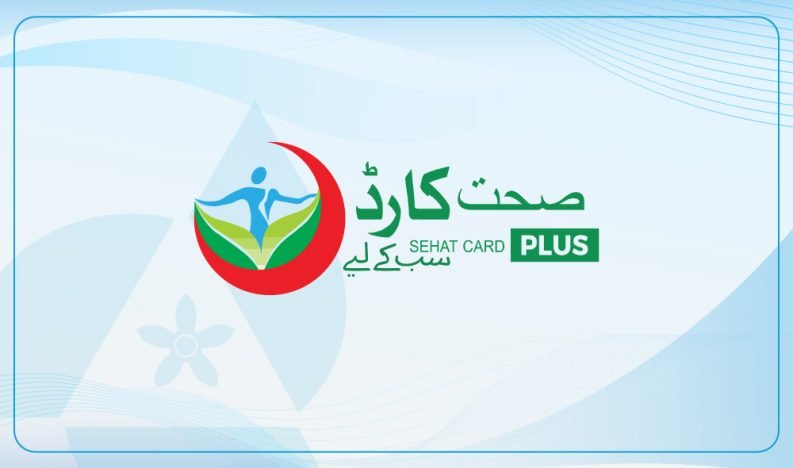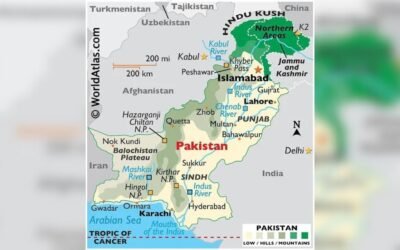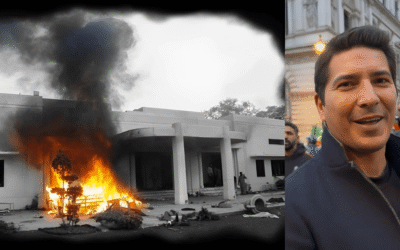Healthcare in Pakistan has long been a significant challenge, especially for the poor. Many families face a terrible choice: pay for life-saving treatment or go without food. To tackle this, the government launched the Sehat Sahulat Program (SSP), also known as the Sehat Card or Health Card initiative. This program aims to give free healthcare access to millions of deserving families. It’s a bold step towards universal health coverage, changing lives by covering expensive treatments. But how much is it helping, what are the costs saved, and what do patients say?
What is Sehat Sahulat?
The Sehat Sahulat Program (SSP) is a social health protection program. It works by giving special health insurance cards (Sehat Cards) to eligible families. These cards allow them to get free medical treatment at selected public and private hospitals across Pakistan. The program aims to cover families who live below the poverty line, but its reach has expanded significantly over time, even to universal coverage in some provinces.
The program was first launched in 2015 as a pilot project. It was later expanded nationwide. By 2022, it covered over 100 million people across Pakistan, becoming one of the most significant health insurance initiatives in the world. As of 2023, the program aimed to provide healthcare to approximately 26 million families.
How Does It Work?
Eligible families receive a Sehat Card. When they need medical care, they can visit any empaneled hospital (hospitals registered with the program). The card covers various services, including:
- Inpatient Care: Hospital stays, surgeries (including major ones like heart operations, kidney transplants, cancer treatment), and other procedures.
- Emergency Services: Care for accidents and urgent medical needs.
- Maternity Services: Coverage for childbirth and related care.
- Follow-up Visits: Post-hospitalization check-ups.
- Drugs and Diagnostics: Costs of medicines and lab tests during hospitalization.
The program has different packages. For instance, the general services package provides up to Rs. 60,000 per family per year, and the priority services package covers up to Rs. 400,000 per family per year for more serious illnesses. In provinces like Khyber Pakhtunkhwa, the program aimed for universal coverage, meaning every citizen would be eligible.
Benefits for Millions: Patient Stories
For millions of poor families, the Sehat Sahulat Program has been a true lifeline. It has removed the biggest barrier to healthcare: cost.
- Saving Lives: Before the SSP, many people would simply die at home or in basic clinics because they couldn’t afford a proper hospital. With the Sehat Card, complex surgeries, like open-heart operations or cancer treatments, became possible. For example, a man named Rehman from Lahore needed a crucial heart surgery. Without the Sehat Card, his family couldn’t have afforded the Rs. 300,000 operation. The card covered it fully, saving his life.
- Ending Debt Cycles: Many families used to fall into deep debt to pay for medical emergencies. They would sell land, jewelry, or borrow money at high interest rates. The SSP has saved countless families from this financial ruin. A patient’s family, needing surgery for their child, praised the program, saying they no longer needed to borrow money or sell their belongings for treatment.
- Access to Quality Care: The program allows patients to access quality care at private hospitals instead of relying solely on overwhelmed public clinics. This results in faster treatment, better facilities, and often more specialized doctors. This change has enhanced care quality for the poor.
- Reduced Stress: Knowing they have the Sehat Card greatly eases stress for families. They no longer fear medical emergencies, which previously could cause financial ruin.
A verified tweet by @SehatCardPlusKP shares the story of patient Ishfaq Ahmad, whose life was saved through the Sehat Card. These success stories, shared by official provincial programs, show the real impact of the initiative across Pakistan.
Success Story of Patient Ishfaq Ahmad#Sehatcard #sehatsahulat #successstoryhttps://t.co/nVpN9OK6Vy
— Sehat Card Plus KP (Official) (@SehatCardPlusKP) August 1, 2023
Cost-Saving Analysis
The SSP not only saves lives but also helps families avoid huge out-of-pocket expenses, which were a leading cause of poverty.
- Preventing Catastrophic Health Expenditures: Before SSP, about 38% of health spending in Pakistan was out-of-pocket, one of the highest in the region. This often pushed families into poverty. The SSP directly covers these costs, preventing families from spending their life savings or taking on debt for healthcare.
- Government Funding: The program is fully funded by the government. The annual cost of the SSP in Pakistan was about Rs. 77 billion (approximately $260 million USD) in 2023. This cost is shared between the federal and provincial governments, with provinces covering most of their populations. For instance, Punjab’s share was Rs. 300 billion (approx $1 billion USD) over two years for universal coverage in 2022-2023.
- Economic Benefits: By reducing healthcare costs for the poor, the program allows them to invest in education, food, or small businesses. Healthy citizens are also more productive, which helps the overall economy. This translates into hidden economic savings and growth.
Challenges and Criticisms
Despite its major successes, the Sehat Sahulat Program faces challenges and criticisms:
- Financial Sustainability: The program is very expensive. Critics worry if the government can keep funding it long-term, especially with budget limits. There are calls for better funding models, with private sector involvement.
- Hospital Quality Concerns: While it allows access to private hospitals, some smaller empaneled hospitals might compromise on service quality or overcharge for certain procedures to make more money from the program. This can lead to a focus on quantity over quality.
- Misuse and Fraud: There have been reports of potential misuse of funds or fraudulent claims by some hospitals. Better checks and balances are needed to stop this.
- Lack of Primary Care Focus: The SSP mostly covers hospital care (secondary and tertiary). Critics argue it doesn’t do enough to strengthen basic healthcare services (primary care) at the community level, which could prevent many illnesses from becoming severe in the first place.
- Limited Awareness: Despite a broad reach, some eligible families, especially in remote areas, may still not know about the program or how to use their cards.
Impact on Healthcare System
The SSP has forced a shift in Pakistan’s healthcare landscape. It has increased patient flow to both public and private hospitals. For some private hospitals, it has become a major source of revenue. It has also highlighted the need for more hospital beds, specialized doctors, and medical equipment across the country. The program has shown that demand for quality healthcare is huge, even among the poor, once financial barriers are removed.
The Way Forward
The Sehat Sahulat Program is a groundbreaking step towards a healthier Pakistan. To make it even better and more lasting, the government should:
- Ensure Sustainable Funding: Find long-term, stable ways to fund the program.
- Strengthen Oversight: Improve monitoring of hospitals to prevent misuse and ensure quality.
- Balance with Primary Care: Invest more in basic health centers and preventive care to reduce the burden on hospitals.
- Increase Awareness: Ensure all eligible families know about the program and how to use it.
- Data and Transparency: Collect and share more data on health outcomes and costs to show the program’s true impact and improve it.
The Sehat Sahulat Program has proven its worth by saving lives and lifting the financial burden of illness from millions. With continuous improvement and strong commitment, it can truly reshape healthcare access for all Pakistanis, making “free healthcare” a reality for those who need it most.







